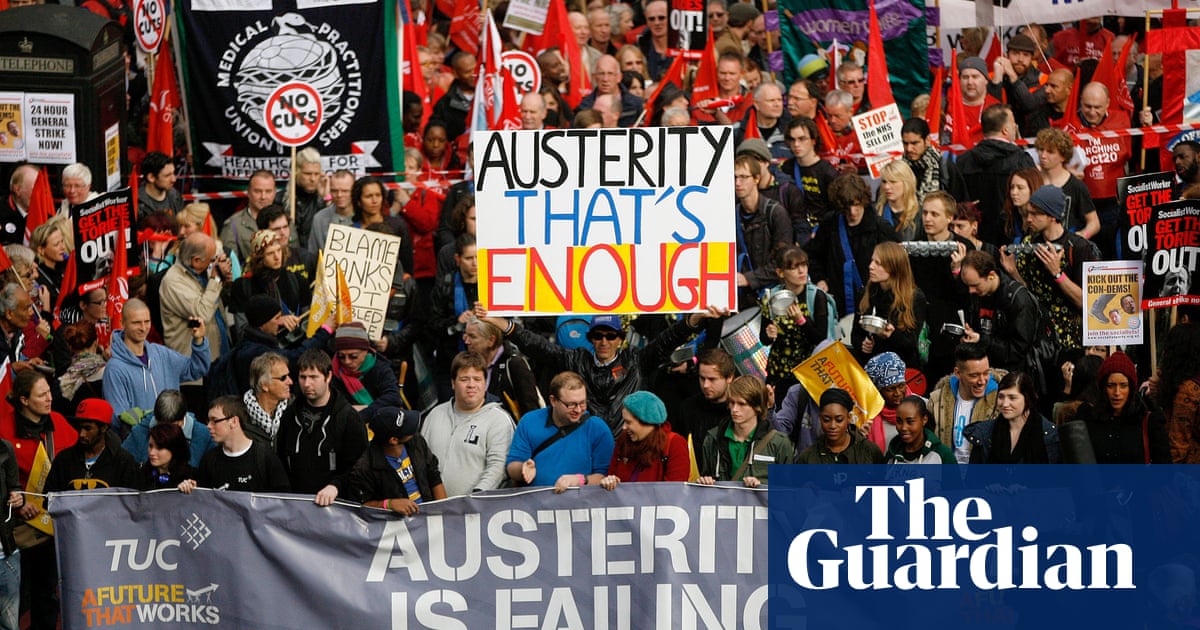
In the old days, people thought talking about money, particularly how much you earn, was unimaginably vulgar. But as anyone who has met a banker recently knows, those days are gone. It’s not just the minted who favour pay transparency; less loaded lefties do too - for social progress rather than social point scoring reasons. Letting the sunshine into the murky world of who earns what aims to tackle longstanding gender and race discrimination.
In the UK, this has involved requiring larger employers to publish their gender pay gap. The EU has agreed new rules that go further, requiring salaries to be disclosed on job adverts as already happens in eight US states. The Scandinavians publish all income tax records.
The proliferation of pay transparency policies has allowed researchers to document what they have, and haven’t, achieved. A new Harvard study brings those lessons together. The good news is that revealing pay gaps between co-workers helps reduce them. But it also demotivates those earning less than their colleagues and, in a finding that was new to me, reduces average pay by up to 2%. Why? Basically firms fight harder to avoid giving any one worker a pay rise once they know they’ll also have to give it to others.
There’s better news about other forms of transparency. Revealing pay available in different firms for similar jobs boosts workers’ bargaining power, helping them move to better-paying firms. And transparency of what workers of different seniorities get paid seems to motivate employees when they realise quite how big a pay rise promotions can bring. As more countries consider pay transparency policies, this kind of research is very valuable, helping us be transparent about the impacts of transparency.
Torsten Bell is chief executive of the Resolution Foundation. Read more at resolutionfoundation.org












